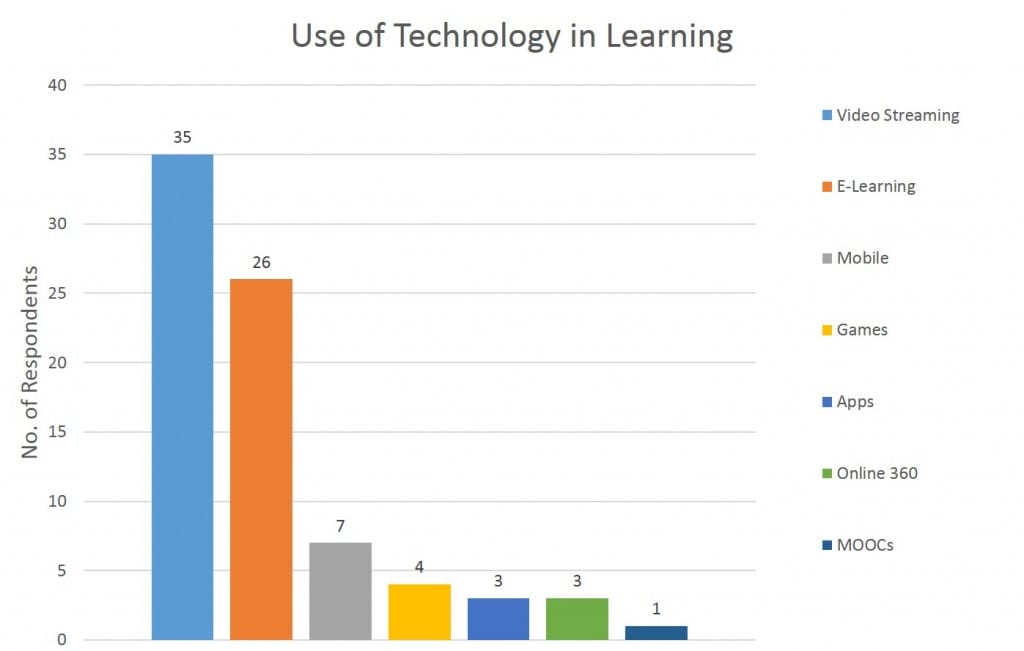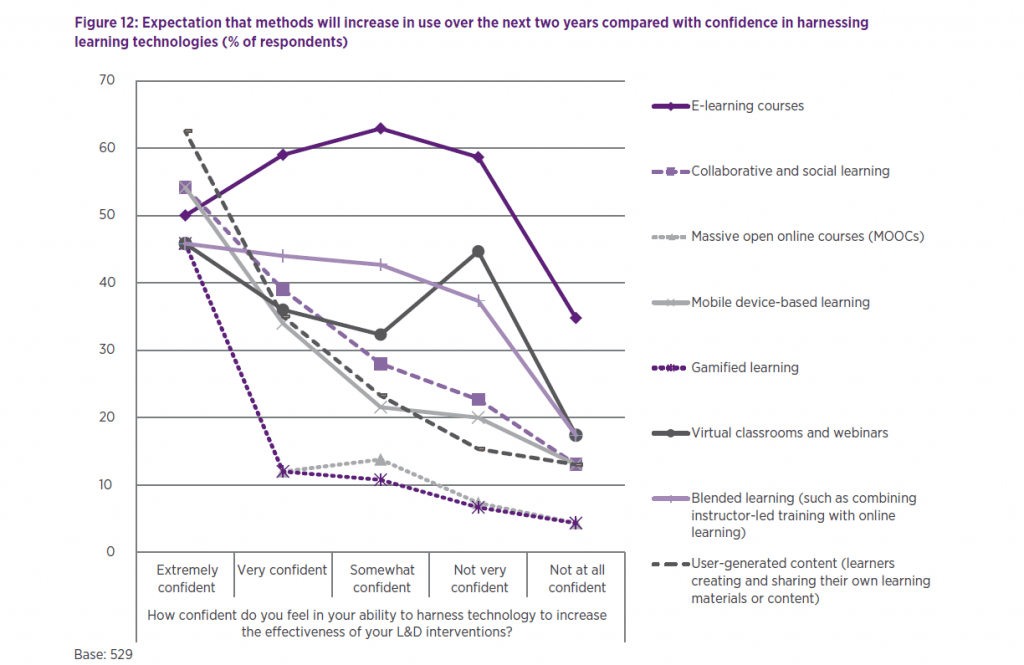For our research and development task, we were asked to come up with an idea for a digital media product as part of the European Youth Award Categories 2014. I had considered between Smart Learning and Connecting Cultures, however after deciding I did not have vast knowledge about the former subject I had chosen this as my research project.
The EYA site defines Smart Learning as:
Smart Learning: education | e-skills | open science
This category is about finding new, creative approaches to education and learning. Many high schools and universities report tremendous drop-out rates and a social education-gap remains reality in most countries. Smart Learning innovations may, for example, provide free-access training courses, foster ICT competence, create scientific understanding, support international knowledge exchange, or open up new capacities for scientific research. This also includes tools that boosting learners’ motivation to study, platforms for open-access education and other solutions for making scientific progress beneficial to all.
In order to come up with a digital media solution to the problems concerning smart learning, I had to first research what constitutes the subject.
- Developing education in ways that are economically beneficial (in schools, colleges, universities, etc.)
- Newer approaches to learning through the use of technology
For the acquisition of knowledge:
-gives newcomers access to competence
-invites a personal experience of engagement
-enables incorporation of competence within participation.
For the creation of knowledge:
-exploration of radically new insights
-mutual engagement around a joint enterprise
-strong bond of communal competence
-deep respect for particularity of experience
(Reusing online resources- a sustainable approach to e-learning- Book edited by Allison Littlejohn)
I also took a look at some recent survey results from 2015 regarding top issues in education- this in turn led me to think about some of the main problems that could be solved with a digital media product.
Another survey which I looked at from 2014 focused on the current use of technology in learning:
This bar chart shows that video streaming and e-learning were amongst the top two methods for learning and development, as conducted by The Development Company. It suggests that concerning education, these particular types of smart learning is way forward.
Some further key issues:
http://www.topuniversities.com/student-info/university-news/thoughts-future-teaching-learning-higher-education
The Skills Gap definition: http://www.topuniversities.com/student-info/university-news/thoughts-future-teaching-learning-higher-education
The Skills Gap is a key issue in the fact that students and employees are not being properly equipped for the world of work. This is something that should be covered by a particular type of digital media product. It would make sure to provide information on these specific skill-sets so that users are prepared for further work/studies.
e-skills UK ICT curriculum research: https://www.e-skills.com/Documents/News/QCDA%20Consultation_Raising%20the%20bar%20of%20ICT_final_131109.pdf
Concerning ICT in particular, this document provides evidence for the declining number of student’s interest into the subject. Smart learning could help to boost motivation not only for ICT but for other educational topics.
Lack of staff training: http://www.telegraph.co.uk/education/educationnews/12013650/Classroom-technology-barely-used-by-half-of-teachers.html
Annual Survey Report on Learning & Development (CIPD, 2015): {source}


